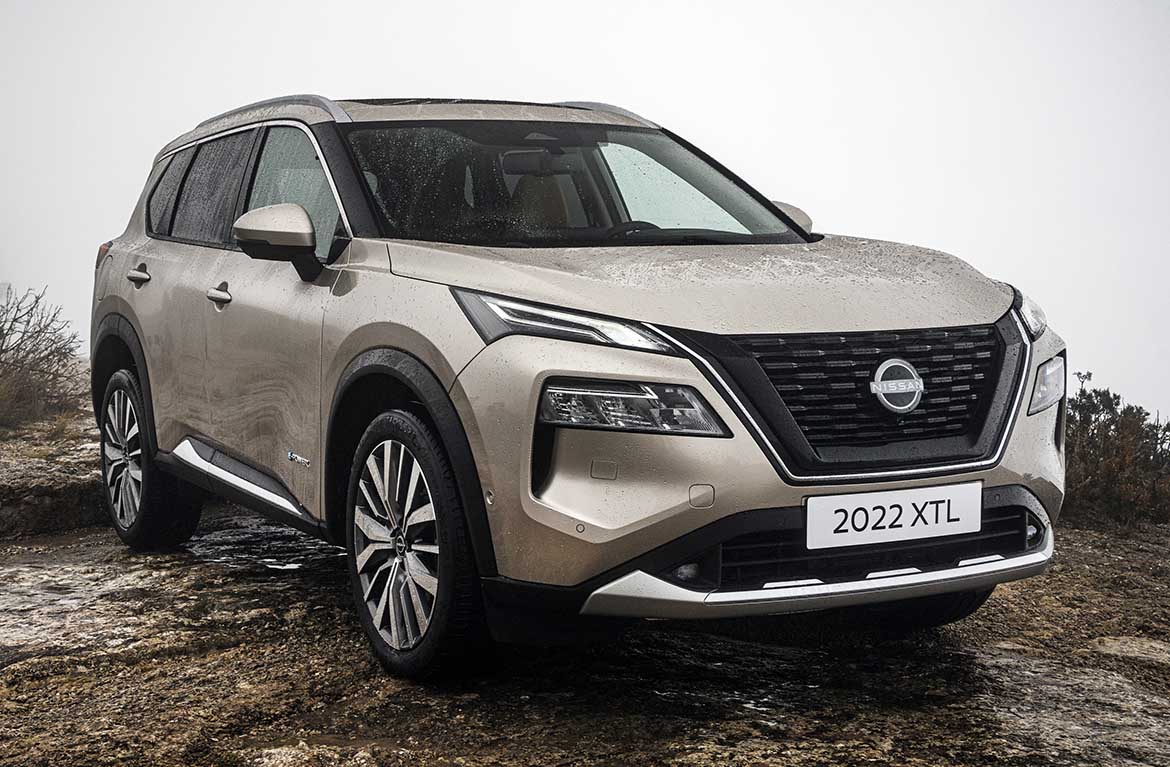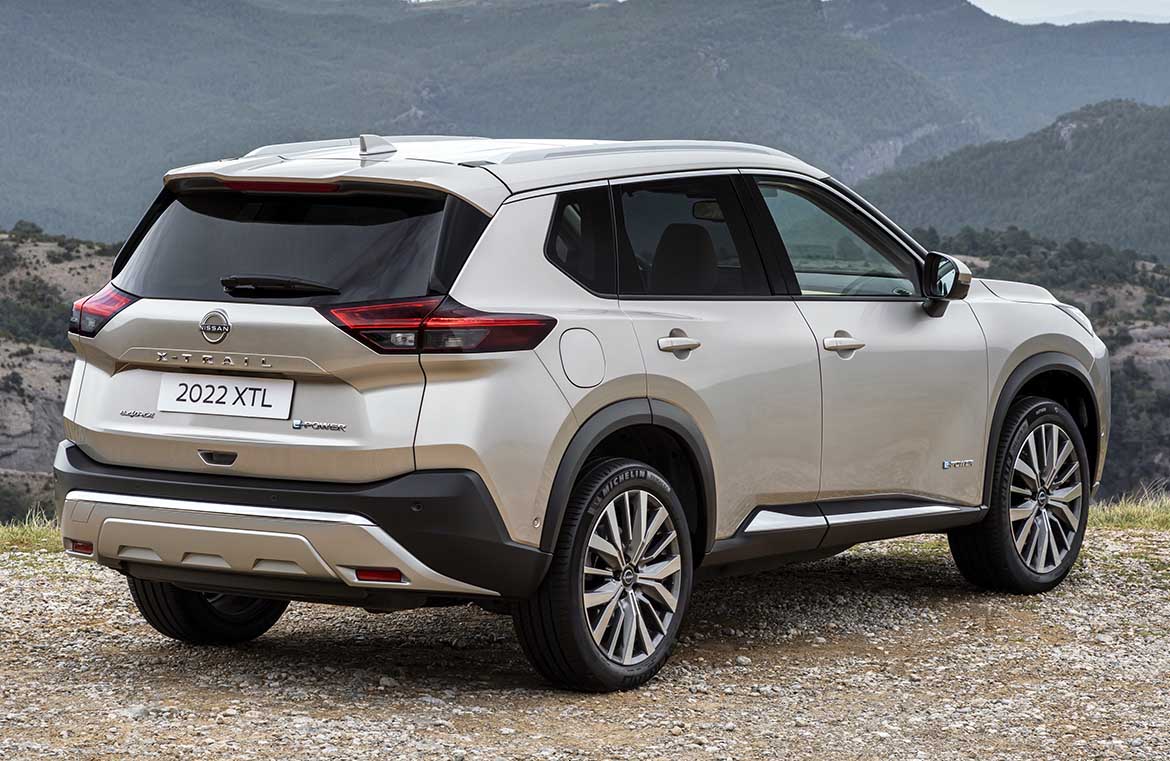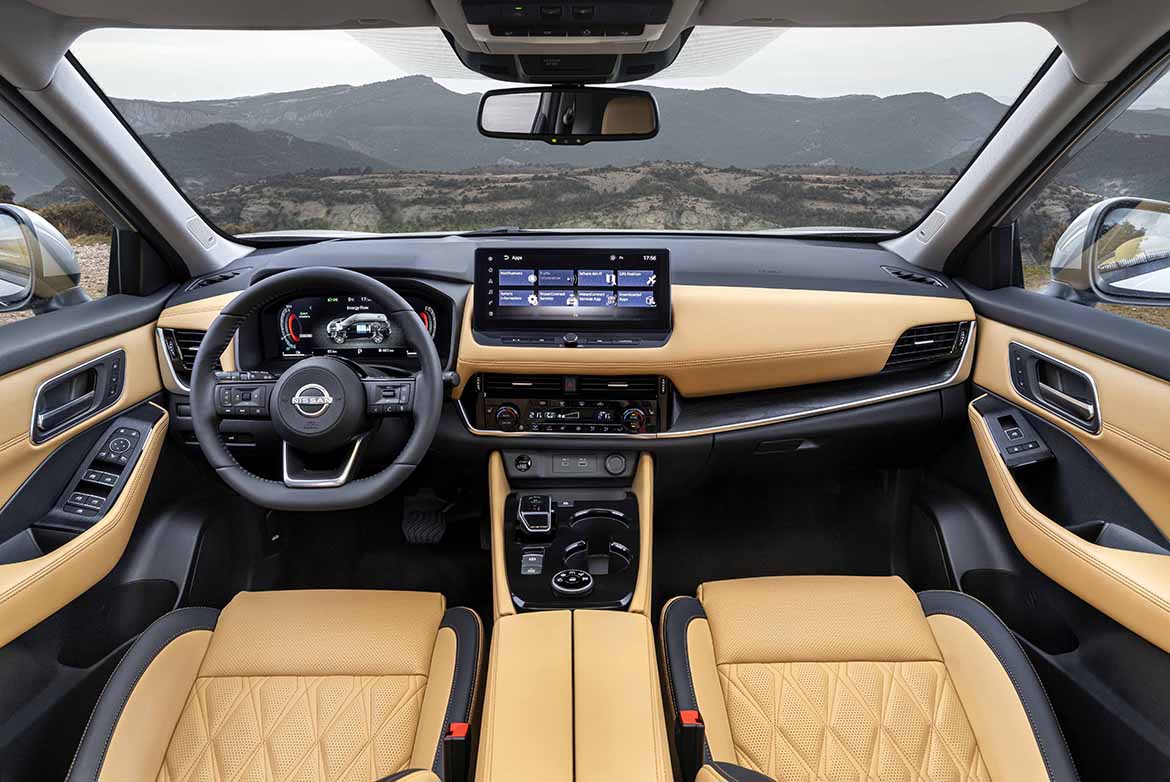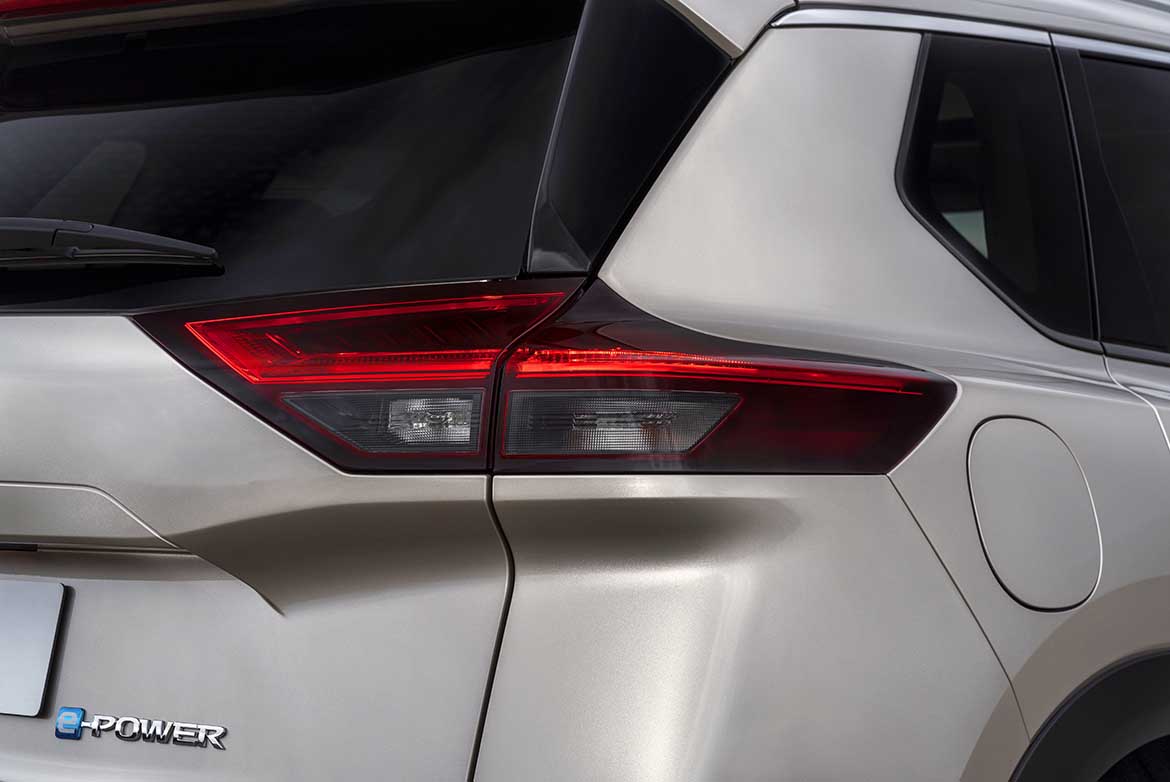The arrival of the fourth generation X-Trail in Europe follows the unveiling of the Rogue in the United States. The name changes, but the substance remains the same. “We have created an extremely dynamic vehicle, designed for families, for people who enjoy sports, for those who need to carry equipment and for those who simply like to enjoy long journeys in a vehicle with a strong character,” says Giovanny Arroba, Design Director at the Nissan Global Design Center. The X-Trail is the fifth electrified model to be launched by Nissan in 2022, as it uses the e-Power electrified system in which the 1.5-litre three-cylinder turbo petrol engine does not provide traction to the wheels but only serves to charge the 1.8 kilowatt-hour lithium-ion batteries that power an electric motor.
The new X-Trail is 4.68 metres long, 1.84 metres wide and 1.72 metres high, while the 2.7 metre wheelbase ensures new interior roominess. The exterior is characterised by typical Nissan design elements such as the floating roof and V-Motion grille, with the front embellished by light clusters that follow the line of the bonnet. At the side, the generous wheel arches convey robustness, while the mouldings draw a line between the front and rear wheel arches, contributing to the dynamism of the body. At the rear, the C-pillar, rear window and spoiler complement each other for a sleek, clean design, complemented by wrap-around twin lights that provide a wide boot opening.
“For us, the X-Trail represents a global car model, which is why all our design studios around the world participated in its creation,” Arroba continues. “Among the different proposals that came to us in the internal competition, the best ones came from the European studio in London and the American studio in Los Angeles: they were then integrated and refined according to the demands of the headquarters. It was a true team effort that involved, yes, a great deal of digital development but also the fundamental modelling and physical presentation of the full-scale model. This is still essential when it comes to good design.
There are many solutions studied in the search for greater efficiency: from the 3D deflectors for the tyres to the active front grille, from the fairing underbody to optimise flow under the car to the A-pillar designed to improve aerodynamic penetration. Turning to the interior, the feeling is of a robust and spacious environment. “We have improved the quality of the materials and reduced the presence of physical buttons by grouping several functions in the large 12.3-inch display in the centre of the dashboard,” explains Arroba. Digitisation has also involved the instrumentation, which is now conveyed by a 12.3-inch panel and fully reconfigurable. “The third screen? It’s hidden. It is a magnificent 10-inch head-up display that projects all the most important information onto the windscreen.”















